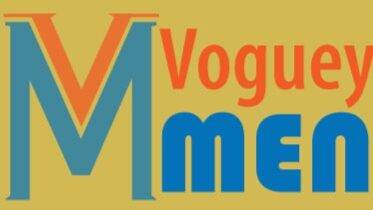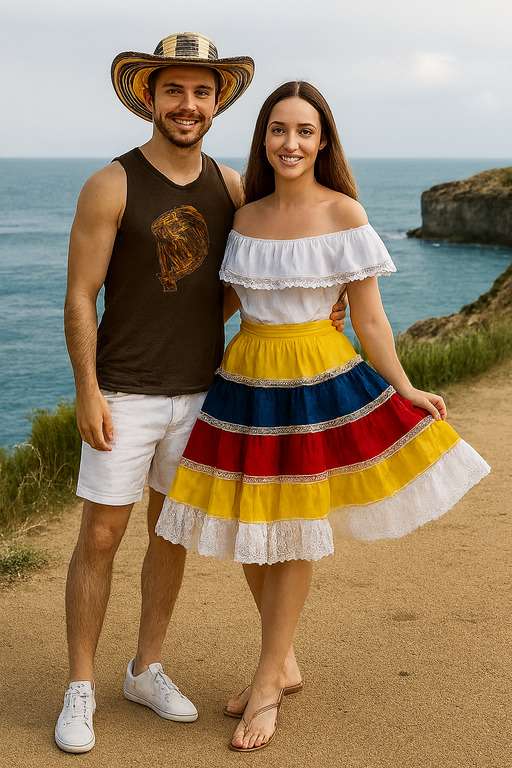Colombia, the country where two oceans fringe it’s coasts and the Andes mountains stitch scenic valleys, dazzles with landscapes that shape its sartorial soul. Home to Caño Cristales, the River of Five Colors, and producing nearly 70% of the world’s emeralds, its natural wonders are stitched into local dress. From hats braided with ancestral skill to jewelry set with native stones, folk garments celebrate regional identity and carnival rhythms. These cultural threads segue naturally to Venezuela’s vibrant sartorial heritage and coastal island traditions. We’ll start our journey of exploration of Fashion Accessories and Traditional Garments of Columbia with the traditional garments.
Columbia’s traditional Garments
Beyond its dazzling landscapes, fruits, and festivals, Colombia’s cultural identity is also stitched into the very fabric of its clothing. Traditional garments here are more than attire—they embody regional pride, history, and artistry. Let’s explore some of the most iconic Colombian garments that continue to define the nation’s folk heritage.
Ruana poncho/Ruana Cloak
The ruana is one of Colombia’s most iconic garments, originating in the cold highlands of Boyacá and Cundinamarca. This thick, square-shaped woolen cloak resembles a poncho but is heavier, often woven from sheep’s wool in natural shades of gray, brown, or black. Designed for warmth, it features a central slit for the head, draping evenly over the shoulders and torso. Some versions are open down the front, more like a cloak. Traditionally worn by farmers and herders to resist the Andean chill, the ruana has become a national symbol of rural identity. Today it balances function and heritage, frequently appearing in folkloric events and artisan markets as a proud emblem of Colombia. Image Courtsy
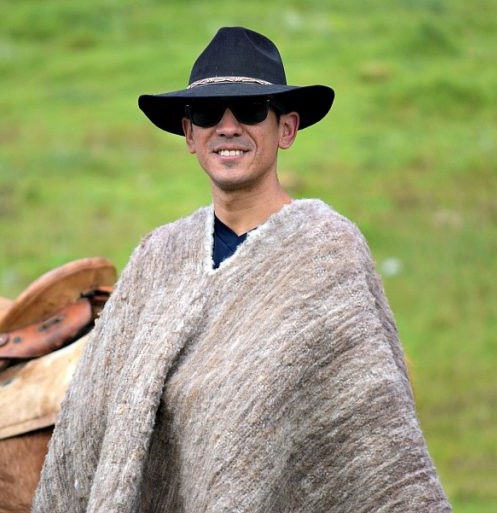
Pollera Colora
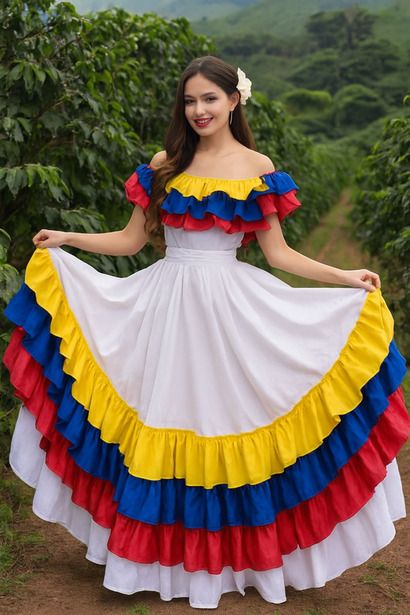
The Pollera Colora is Colombia’s most famous traditional skirt, celebrated in the coastal regions and immortalized in song and dance. It is a wide, floor-length skirt, typically in bright red (hence “colora”), though it may feature multiple colors with floral embroidery, lace edging, and layered ruffles. Paired with a matching blouse, it creates a flowing, graceful silhouette ideal for cumbia and other folkloric dances. Crafted from cotton or satin for comfort and volume, the Pollera Colora reflects Afro-Caribbean and Spanish influences. Beyond festive wear, it represents Colombian femininity, joy, and national pride, particularly along the Caribbean coast during carnivals and festivals.
Palenquera Dress
The Palenquera dress is instantly recognizable on the streets of Cartagena, where women from San Basilio de Palenque—a community founded by escaped slaves—wear it as a symbol of resilience and cultural pride. The dress consists of a brightly colored, ruffled skirt and off-shoulder blouse, often in contrasting shades of yellow, red, and blue to mirror the Colombian flag. Made of lightweight cotton to suit the tropical climate, it is both practical and festive. Palenqueras accessorize with headwraps and fruit-filled baskets balanced on their heads, selling produce as they bring history alive. Today, the dress represents Afro-Colombian identity and Caribbean heritage. Image Source
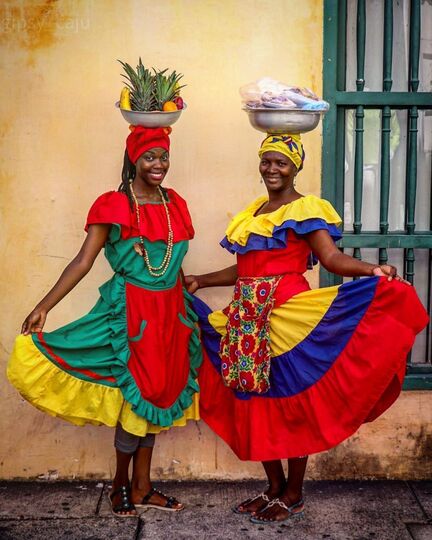
Poncho Paisa
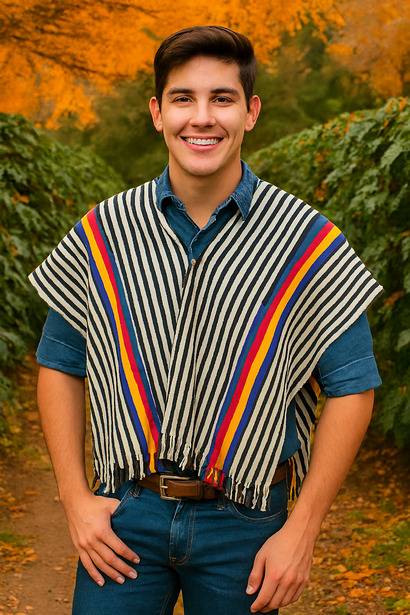
The poncho paisa is a staple garment of the coffee-growing region, especially Antioquia, and is closely associated with the paisa identity. Unlike the heavy ruana, this poncho is lighter and rectangular, woven from cotton or wool in neutral colors, often featuring stripes. It is worn draped over one shoulder or across the body, offering protection from rain and sun while working in the fields. Traditionally paired with the sombrero antioqueño and carriel bag, the poncho paisa forms part of the classic coffee farmer’s attire. It is both utilitarian and symbolic, embodying pride in hard work and regional heritage.
Manta Wayuu
The manta Wayuu is a traditional garment and accessory of the Wayuu people in La Guajira, Colombia’s northern desert region. It is a rectangular tunic-like cloth, often brightly colored and decorated with geometric designs symbolizing Wayuu cosmology. Worn loosely over the body, it provides comfort in the harsh desert climate while allowing cultural expression. Paired with mochila bags and Wayuu hats, the manta is central to Wayuu identity. Today, it is both traditional dress and a celebrated artisanal product, connecting modern buyers with the heritage and resilience of Colombia’s largest Indigenous community.
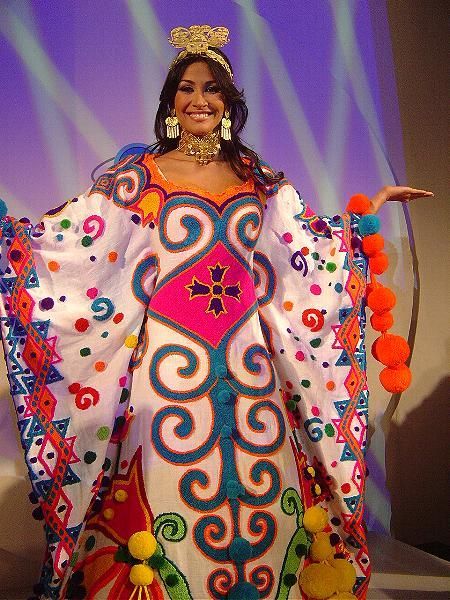
Fashion accessories
Just as garments express regional pride, Colombia’s fashion accessories reveal the artistry and symbolism woven into everyday life. From wide-brimmed hats that shield coffee farmers to beaded jewels born in the rainforest and emeralds coveted across the globe, each accessory carries a story of tradition and identity. In this section, we’ll uncover the most iconic Colombian accessories that celebrate the nation’s craftsmanship and continue to shine as enduring emblems of style and heritage. Our journey begins with the carriel, a leather satchel that embodies both the practicality and pride of Colombia’s coffee-growing heartland.
Carriel
The carriel is a traditional leather satchel from Antioquia, originally used by muleteers crossing the Andes. Compact yet highly functional, it features numerous hidden compartments for carrying money, documents, tools, and personal keepsakes. Typically made of cowhide with decorative stitching, a flap, and a shoulder strap, the carriel balances rugged practicality with artisanal flair. Still part of the paisa identity, it is worn with the poncho and sombrero antioqueño. Today, the carriel symbolizes resourcefulness and regional pride, remaining both a cultural icon and a fashionable heritage piece.
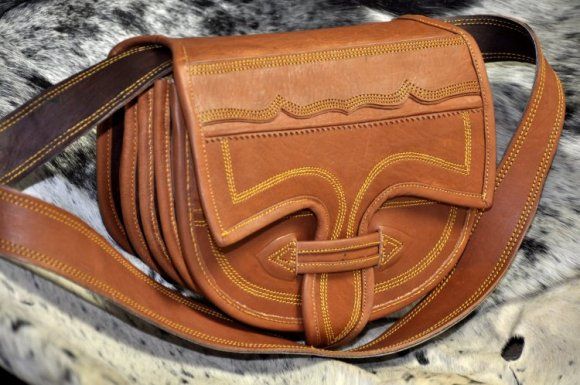
Sombrero Vueltiao
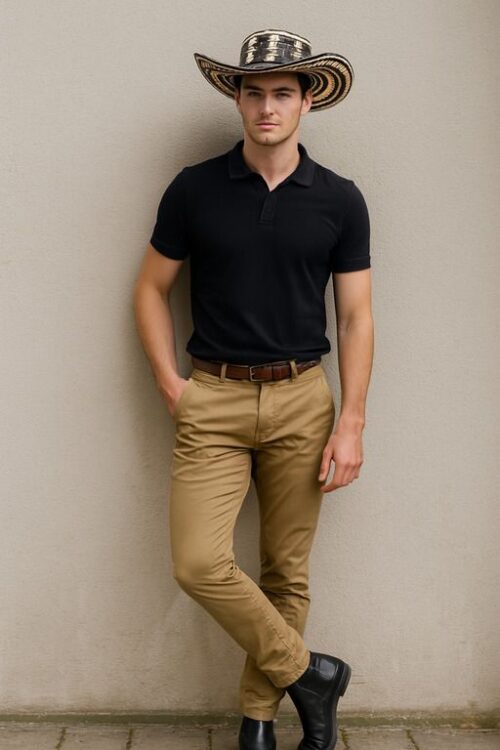
The sombrero vueltiao is Colombia’s national hat, originating from the Zenú people of Córdoba and Sucre. It is crafted from caña flecha, a native cane fiber, dried, dyed, and woven into striking black-and-white patterns. Its name, “vueltiao,” refers to the turns in the weaving that determine quality—the more turns, the finer and more valuable the hat. Lightweight yet durable, it protects against harsh sun while serving as a proud cultural emblem. Once a rural necessity, it now represents Colombian identity on the global stage, worn during festivals, parades, and even diplomatic events.
Sombrero Aguadeño Colombiano
The sombrero aguadeño hails from Aguadas, Caldas, and is sometimes compared to the Panama hat. Made from toquilla palm fibers, it is finely handwoven, lightweight, and naturally white, with a simple black band encircling the crown. This hat is especially popular in the coffee-growing region, offering both elegance and sun protection in hot climates. Declared part of Colombia’s cultural heritage, it symbolizes craftsmanship and paisa pride. Its timeless design makes it a versatile accessory—equally suited for farmers in the fields, dancers at folk festivals, or anyone seeking refined traditional style.
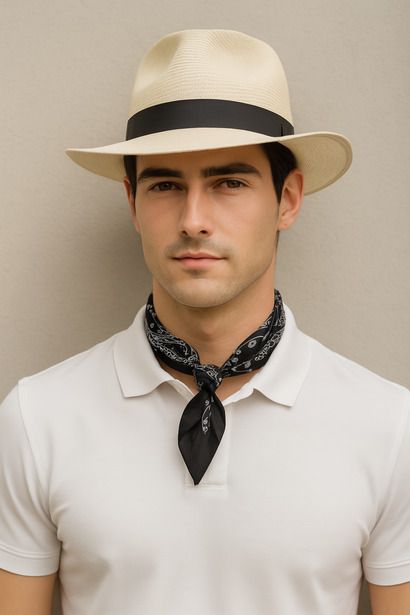
Sombrero de Suaza
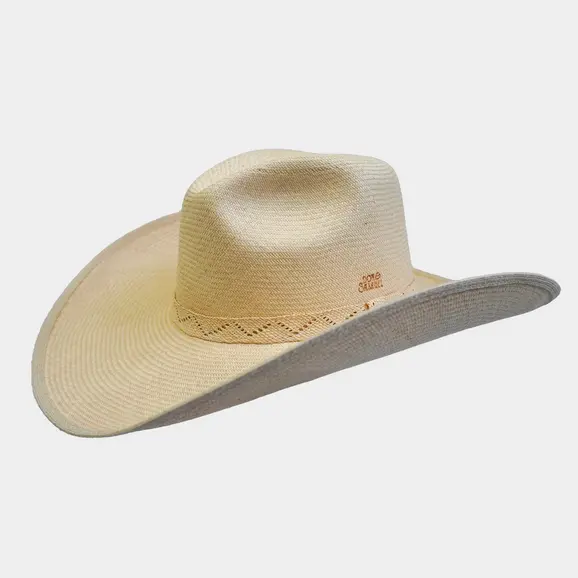
The sombrero de Suaza, from Huila, is a distinctive handwoven hat crafted from iraca palm fibers. Noted for its fine weave and durability, it is characterized by elegant natural tones and subtle patterns. Unlike the bold black-and-white designs of the sombrero vueltiao, the Suaza hat is understated, often worn during rural festivities and daily work in the hot valleys of Huila. Its creation involves generations of artisanal skill, passed primarily through women weavers. The sombrero de Suaza represents Huila’s cultural identity, prized for blending practicality, heritage, and artisanal refinement.
Colombian Emerald Jewelry
Colombia produces nearly 70% of the world’s emeralds, making emerald jewelry one of its most treasured fashion statements. From the legendary Muzo and Chivor mines, stones are set into rings, necklaces, and pendants, often paired with gold or platinum. Known for their deep green clarity, Colombian emeralds have adorned royalty and celebrities worldwide. Locally, emerald jewelry reflects wealth, prestige, and national pride, with designs ranging from simple solitaire settings to elaborate artisanal pieces. This jewelry continues Colombia’s ancient legacy, where emeralds were sacred to the Muisca and valued as divine gifts. Image Source
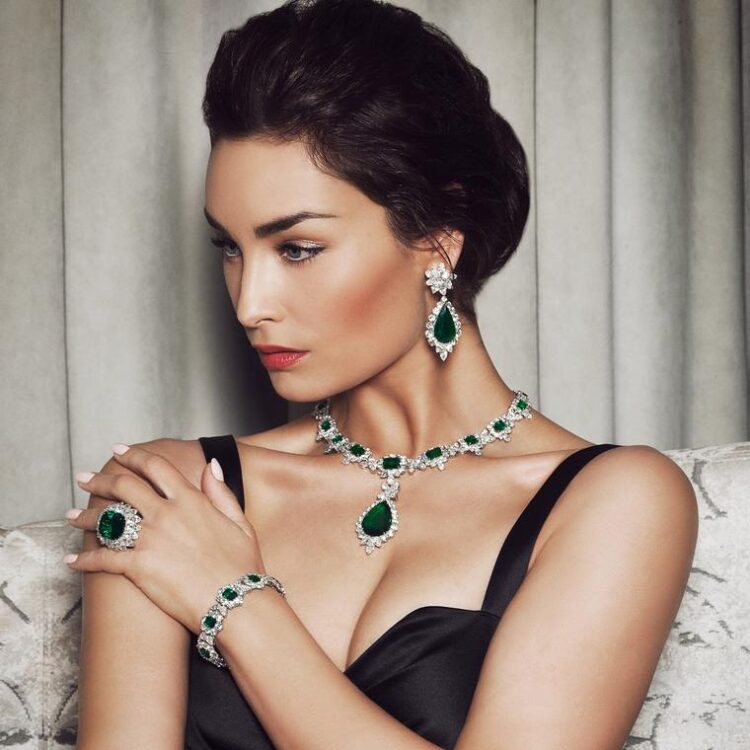
Emberá Beaded Jewelry (Wákas)
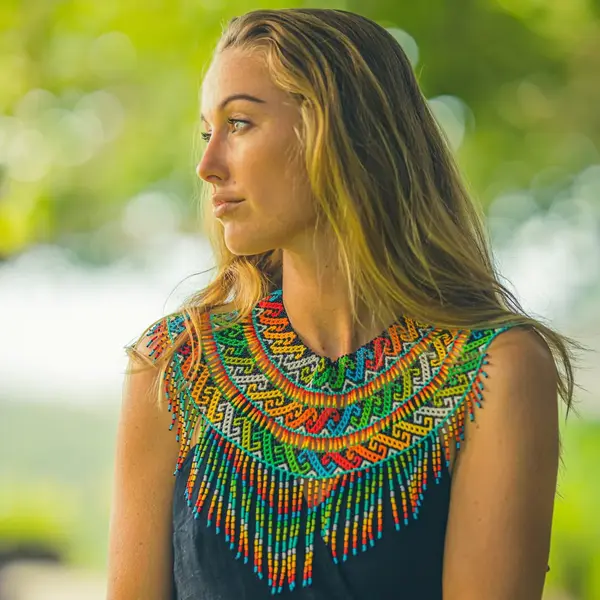
The Emberá people of Colombia’s Chocó region create wákas—intricately beaded necklaces and collars that are central to their identity. Made from tiny, brightly colored glass or seed beads, these pieces are woven into complex geometric and floral patterns. Wákas are worn during rituals, festivals, and daily life, often paired with traditional body paint. Beyond adornment, they symbolize protection, cultural continuity, and the interconnectedness of nature. Each necklace is a work of patience and artistry, taking weeks to complete, and today Emberá beadwork is celebrated as both fashion and living cultural heritage. Image Source
Quimbaya Gold Work Pendants and Amulets
The Quimbaya civilization, flourishing in pre-Columbian Colombia, is famed for exquisite goldwork that survives as pendants, amulets, and figurines. Crafted through lost-wax casting, these objects often depict animals, shamans, or abstract forms, symbolizing fertility, protection, or divine power. Worn as jewelry or ritual items, they were markers of status and spirituality. Today, Quimbaya gold adornments are preserved in museums like Bogotá’s Museo del Oro, admired worldwide for their technical mastery. Though no longer produced in their original form, they remain iconic Colombian treasures, inspiring contemporary jewelers and carrying forward an ancient artistic legacy.
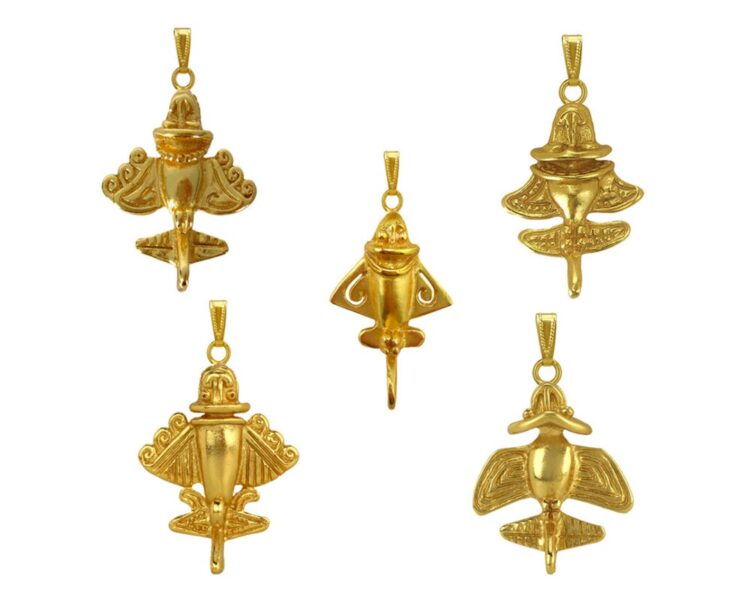
Abarcas Trespuntás
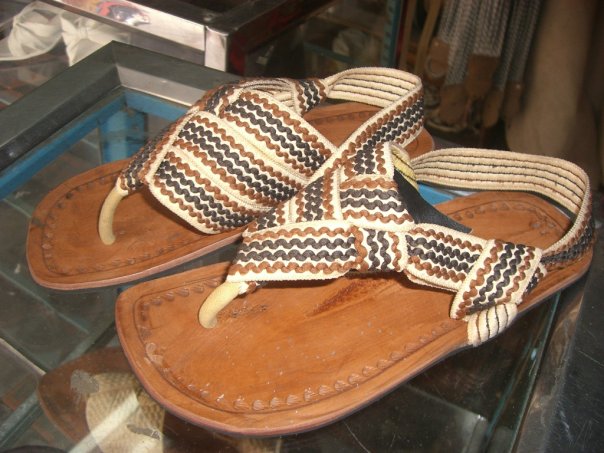
Abarcas trespuntás are traditional leather sandals closely associated with Colombia’s Caribbean coast. Their name comes from the three-point fastening system: two straps cross over the foot, while another secures the heel. Made from tough leather, often recycled from cattle hides, they are designed for durability in hot, rugged terrains. Once the footwear of farmers, fishermen, and rural workers, abarcas have become folkloric symbols, especially during vallenato festivals. They embody rustic resilience and cultural pride, representing the resourcefulness of coastal communities and their enduring connection to traditional ways of life. Image Source
Chocatos
Chocatos are traditional shoes from Colombia’s Pacific region, worn primarily by Afro-Colombian communities. Carved from a single block of lightweight wood, they feature a raised sole that protects the wearer’s feet from mud, rain, and uneven terrain. Practical in design, they are often paired with everyday rural attire, especially in humid, tropical zones. Over time, chocatos have taken on cultural significance, symbolizing Afro-Colombian resilience and adaptation to their environment. Though less common today, they remain a folkloric marker of identity and are sometimes worn during traditional dances and regional celebrations.
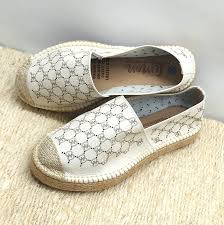
Cotizas (Colombian Huarache)
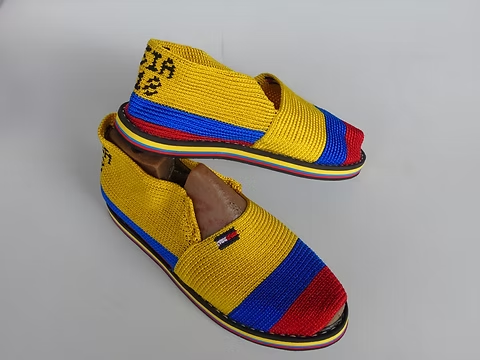
Cotizas are Colombia’s answer to the huarache sandal, popular in the coffee-growing regions and beyond. Made from woven leather strips over a sturdy sole, they provide ventilation and comfort in hot climates while remaining durable for fieldwork. Their open-weave design makes them breathable, while the strong leather construction ensures longevity. Traditionally worn by farmers and artisans, cotizas embody rustic practicality, often paired with ponchos or sombreros in paisa attire. Today, they are celebrated as both functional footwear and heritage fashion, with artisans keeping alive the techniques that root this humble sandal in Colombia’s cultural identity.
Chile is an another Latin American country with an exciting sartorial heritage, this article is about Chile’s traditional garments.
